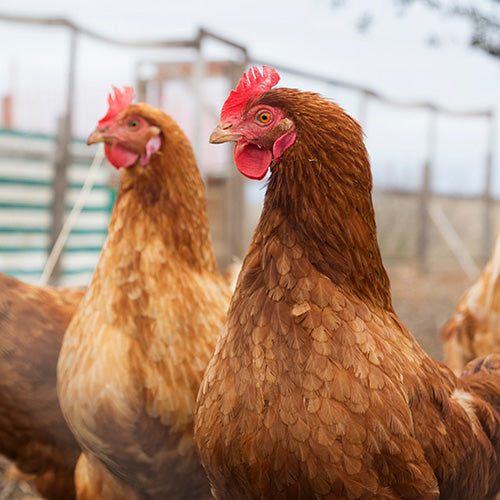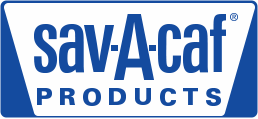
4 Keys to raising bottle calves in winter
It’s never too early to start planning for the winter ahead. While you’re breaking out the long johns, stocking caps and gloves, what are you doing to prepare your bottle calves for the coldest time of the year?
As temperatures dip below 50 degrees Fahrenheit, bottle calves can experience cold stress. By planning now, you can help your calves transition to winter with ease.
Focus on these four areas as you prepare for raising calves this winter:
1. Provide a clean, dry environment
Proper bedding is one way to ensure bottle calves are equipped to handle dropping temperatures so take extra care to maintain bedding when the weather shifts.
Mixing wood shavings and straw can help keep bottle calves dry and clean. Adding a layer of sawdust or sand underneath bedding is another option to help absorb moisture and protect calves from the cold ground. Stock up on bedding to ensure you have plenty on hand, especially if you are raising bottle calves in an extra snowy or cold location.
Calf jackets are another way to help bottle calves regulate their body temperature while serving as a barrier between the calf and damp bedding or cold air, which means the calf can focus their energy on growing rather than staying warm. Remember to adjust jacket straps as the calf grows so the jacket continues to fit well.
2. Prepare for the arrival of new calves
Whether you’re calving on your farm or buying calves, have a plan in place for the arrival of new bottle calves. If you plan to calve on your farm, keep colostrum replacer on hand to help ensure the newborn calf gets off to a strong start.
A colostrum replacer should be fed when a newborn calf is unable to nurse or when maternal colostrum is unavailable. Keep in mind colostrum should be bottle fed to a newborn calf within two hours after birth. This is when the calf’s intestines are best equipped to absorb these critical nutrients.
Electrolytes are a great addition to help keep calves hydrated. Consider using electrolytes during periods of stress, such as after transport, during temperature fluctuations, environmental changes, dehorning, vaccination or weaning.
3. Meet the calves’ extra energy needs
In cold weather, bottle calves’ energy demands increase, requiring them to consume more calories.
Choose a calf milk replacer specifically formulated for calves and consider adding a third milk replacer feeding when conditions call for it. If you’re unable to add a third feeding, you can increase the volume of calf milk replacer you feed at a time.
Bottle calves thrive on routine, so when raising bottle calves, it’s best to feed them milk at the same time every day, preferably morning and evening.
For weaned calves, make sure you’re still supplementing additional calories through starter grain and hay.
4. Maintain a fresh, clean water source
Fresh, clean water is crucial for calf development.
Calves on milk should receive fresh water after each feeding. For weaned calves, check their water source often to make sure it doesn’t freeze.
If you don’t have heated waterers on your farm, heated water buckets or water heaters are options to prevent water from freezing. Use extra caution to ensure cords are out of reach for your calves.
As the weather turns colder and you start layering your clothes to stay warm, keep your bottle calves in mind. By managing calf housing, preparing for new calves, offering extra calories and fresh water, you can help keep calves growing and healthy.
For more tips on caring for your new calves, read here.
Learn more about raising bottle calves and be sure to follow My Farm Journey on Facebook and Instagram for more tips.
Find Solutions for Your Animals
-

Whether housed in a coop or free ranging on your farm, your birds are exposed to multiple threats every day that could cause illness or impact their well-being. Now there’s a way to be more proactive with regular support for...
-

You’ve raised your chicks to adulthood and now they’re fully feathered hens. Way to go! Now, you get to enjoy their eggs and companionship for years to come. To maximize their life, support their production potential and kee...





